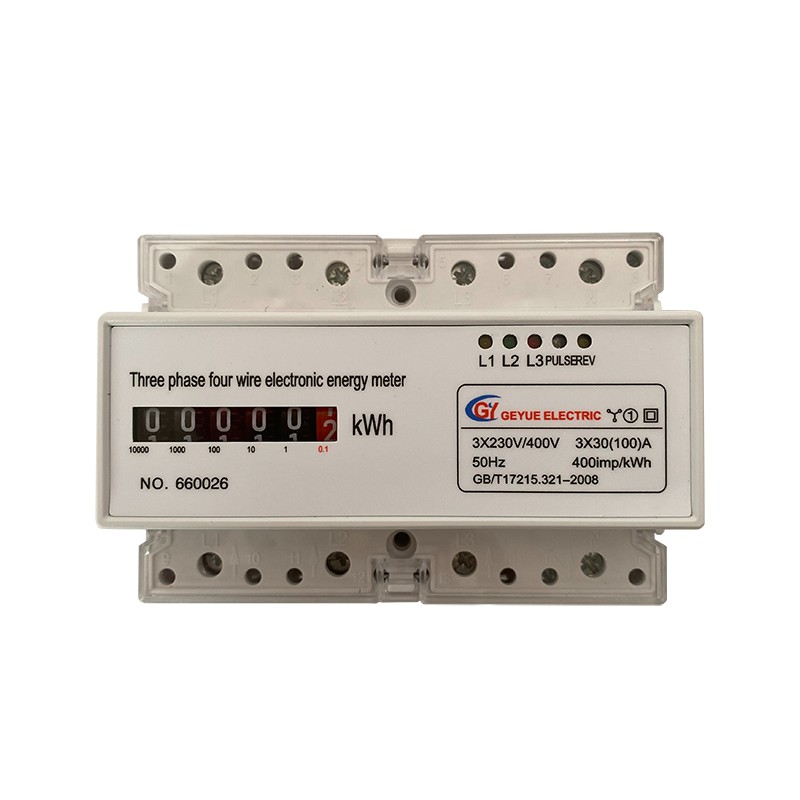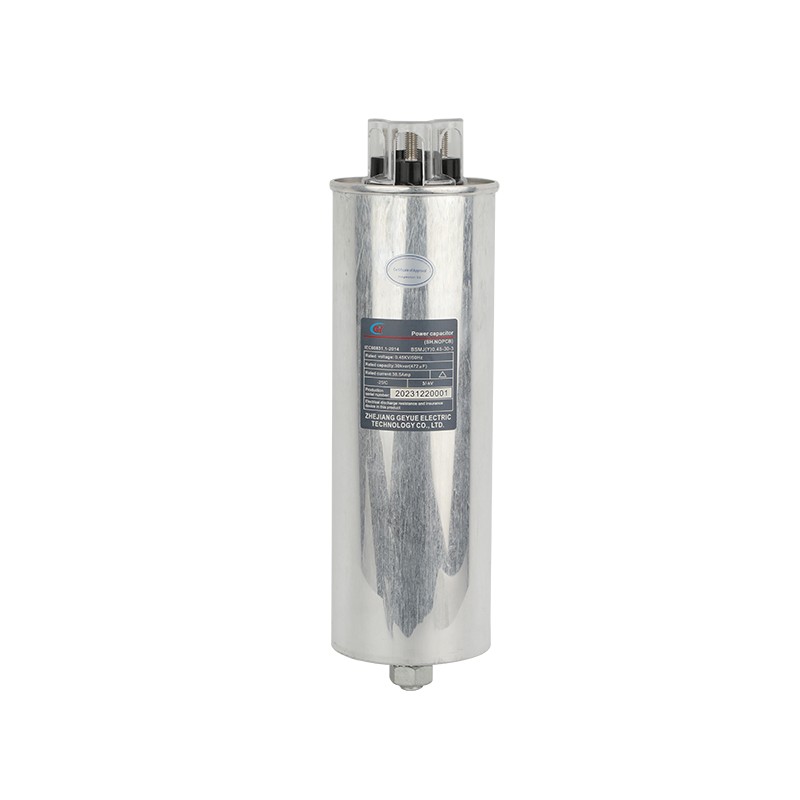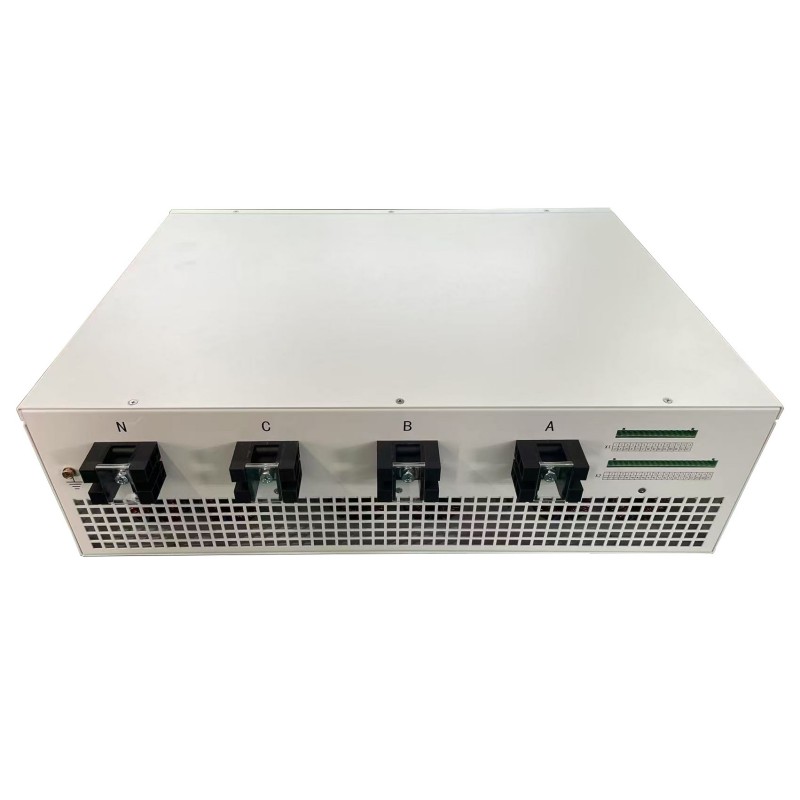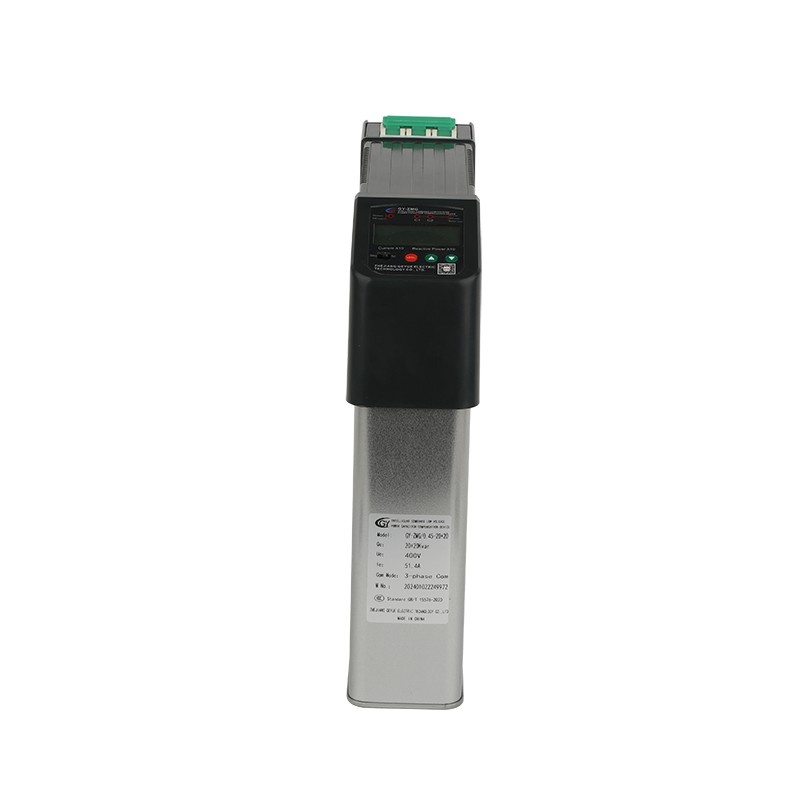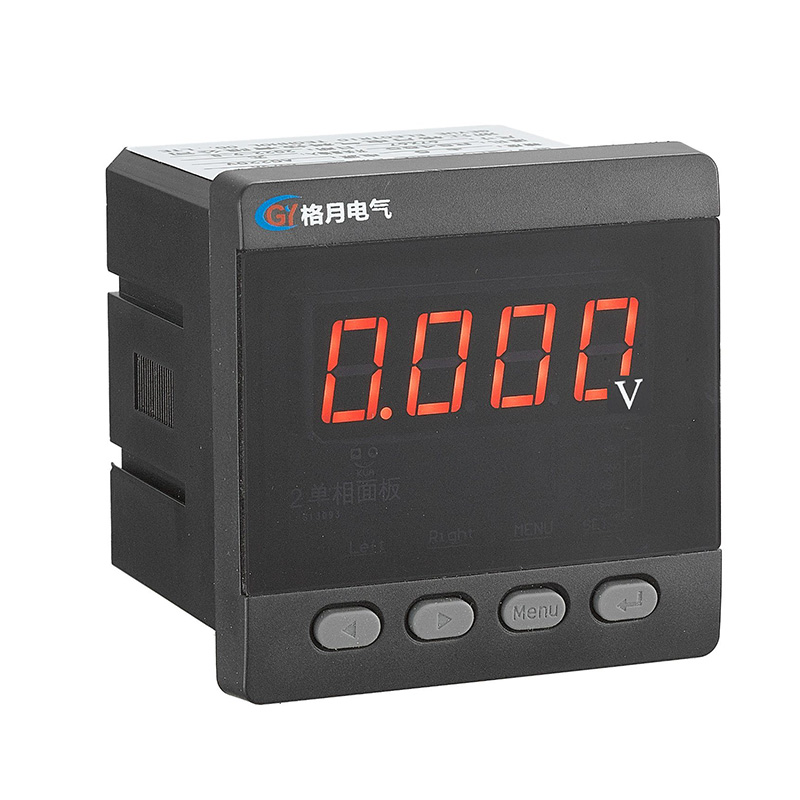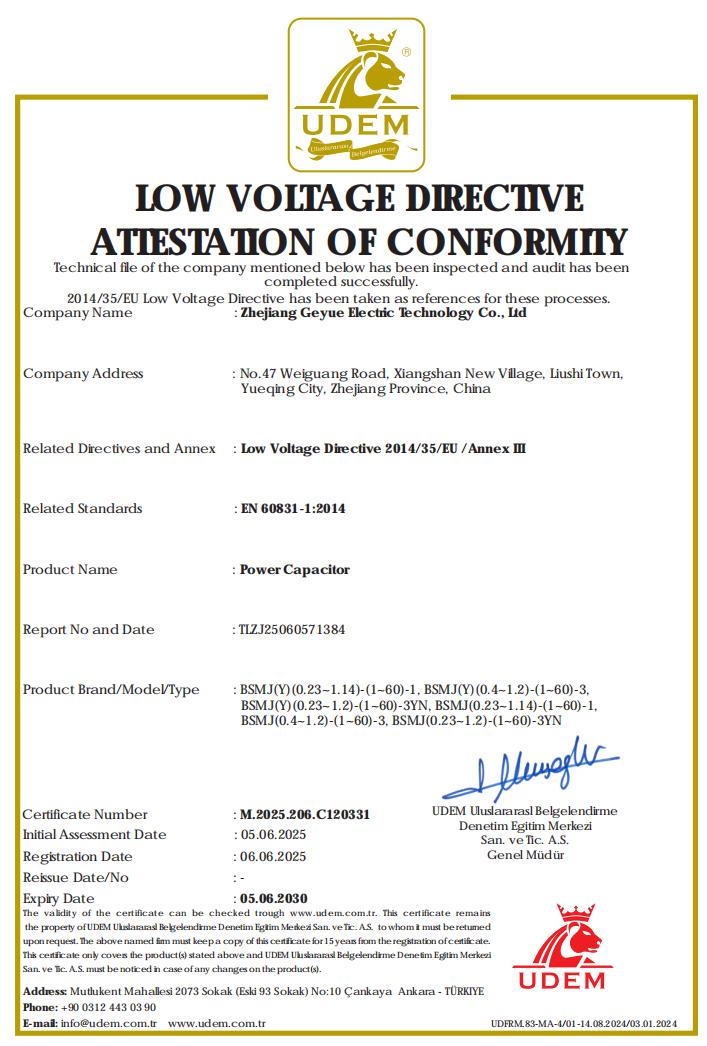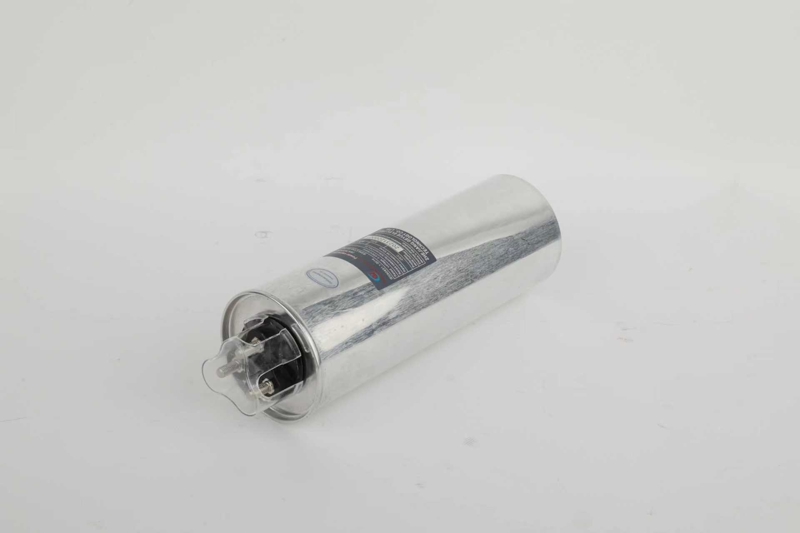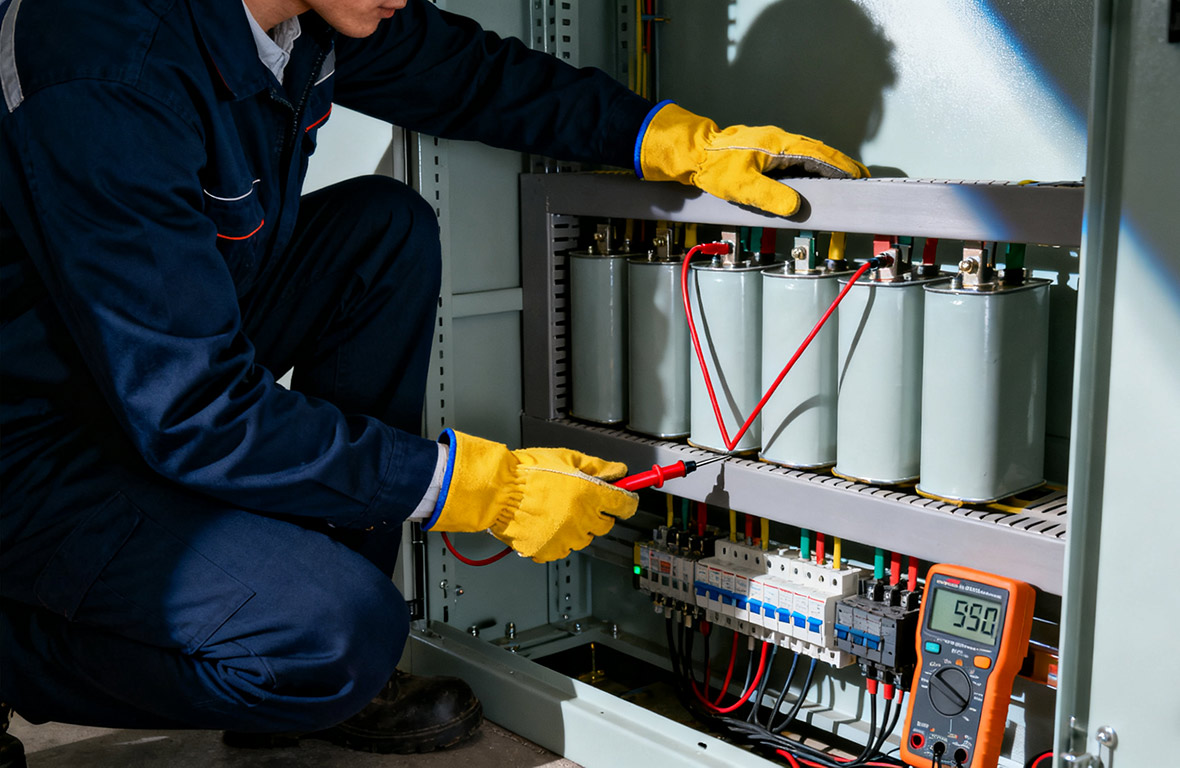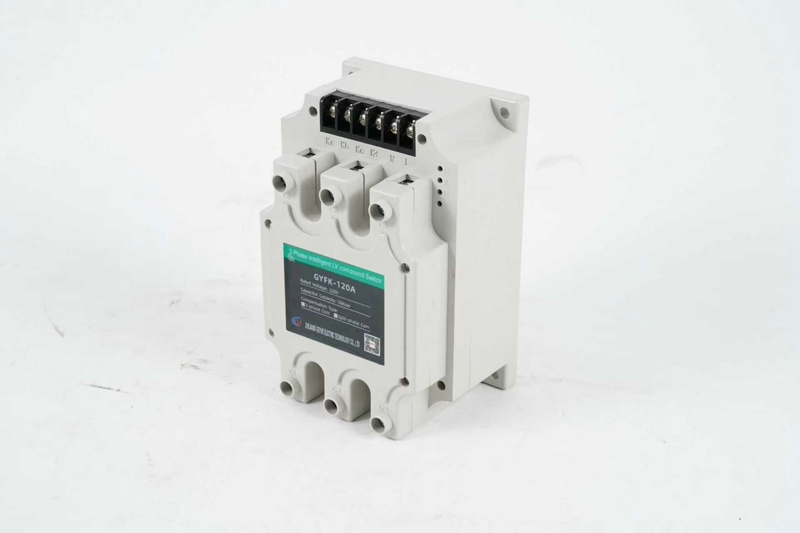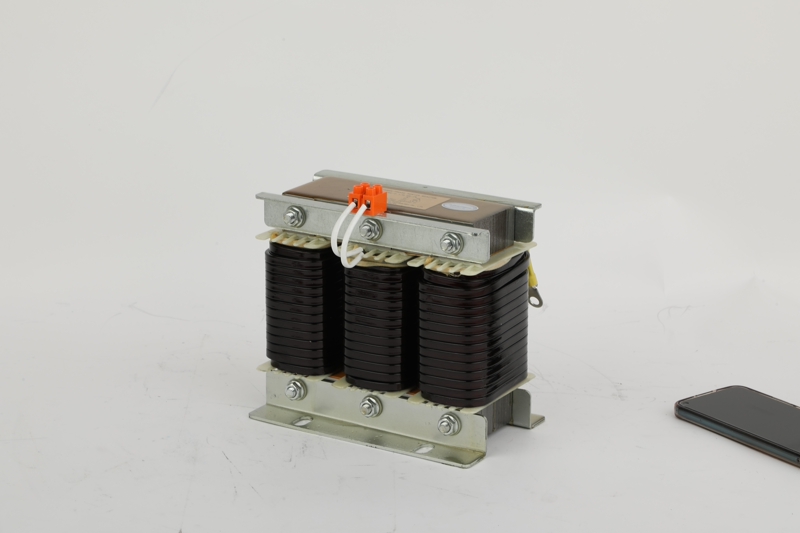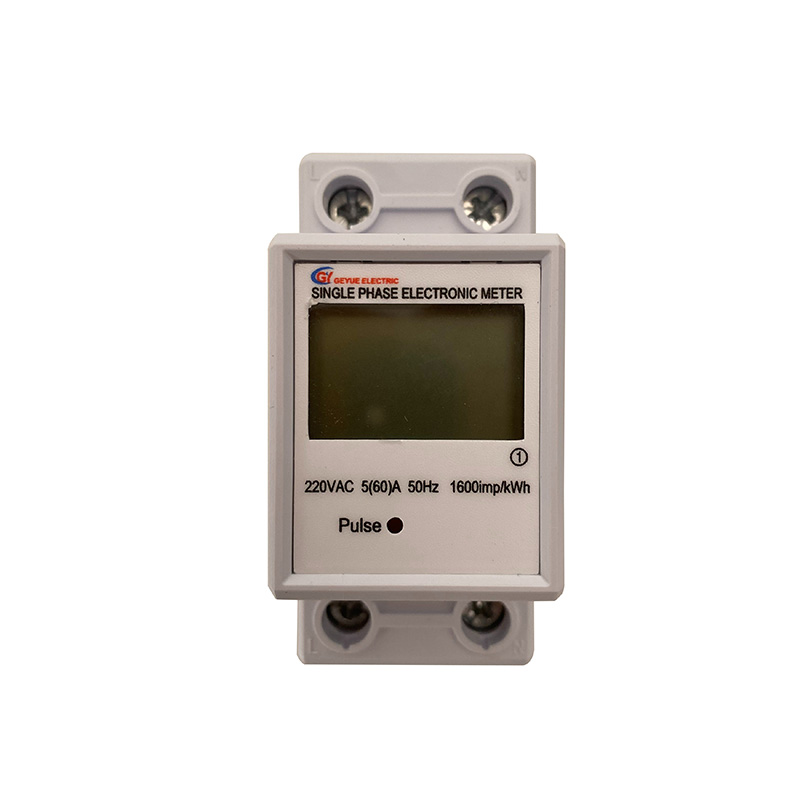How Can Harmonic Control and Reactive Power Compensation Work Together to Enhance the Stability of the Power System?
Among the numerous power quality challenges faced by modern power systems, harmonic pollution and insufficient reactive power are the two core issues that most severely affect the stable operation of the power grid. In this article, Geyue Electric, from the professional perspective of a manufacturer of low-voltage reactive power compensation equipment, we will deeply explore the collaborative working mechanism between harmonic control technology and reactive power compensation systems. We will also thoroughly analyze how this collaborative mechanism enhances the stability of the power system, and systematically elaborate on the technical advantages and application value of the new comprehensive solution through engineering practice cases.
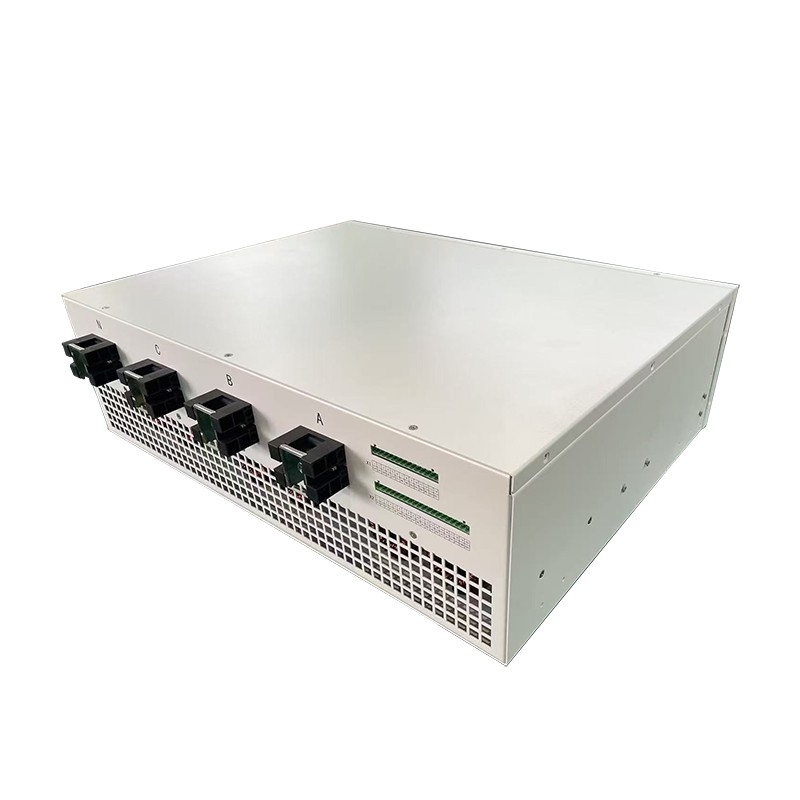
Challenges to the Stability of Power Systems
With the continuous improvement of industrial automation levels and the sustained scale expansion of new energy power generation, modern power systems are currently facing unprecedented challenges in terms of power quality. The widespread application of nonlinear loads has led to increasingly severe harmonic pollution in the power grid, while the increase in inductive loads has caused the demand for reactive power to keep rising. These two issues interact with each other, jointly threatening the safe and stable operation of the power system.
In the industrial production field, non-linear loads such as variable frequency drive equipment, rectifier devices, and electric arc furnaces generate a large amount of harmonic current. These high-frequency current components not only cause electrical equipment to overheat and malfunction, but also may trigger network resonance, leading to incorrect actions of protection devices. At the same time, the reactive power consumed by inductive equipment such as motors and transformers will lead to a decrease in power factor, an increase in line losses, and an increase in voltage fluctuations.
What is more complicated is that the harmonic problem and the reactive power problem often interweave with each other. Traditional reactive power compensation capacitors are prone to overload damage in a harmonic environment, while passive filtering devices cannot meet the demand for dynamic reactive power compensation. This mutually restrictive relationship makes it difficult for a single governance solution to achieve the desired effect; therefore, a collaborative optimization technical route must be adopted.
The Interaction Mechanism between Harmonic and Reactive Power Issues
The propagation of harmonic currents in the power system significantly affects the performance of reactive power compensation devices. When there are large harmonic components in the power grid, the shunt capacitors may experience harmonic amplification. This occurs because capacitors can form parallel resonant circuits with system inductance at specific harmonic frequencies, leading to abnormal voltage amplification in localized areas. This resonant effect not only accelerates the aging of the capacitor dielectric, but in severe cases, it may also lead to insulation breakdown of the equipment.
On the other hand, fluctuations in reactive power also affect the effectiveness of harmonic control. When the reactive power shortage in the system is significant, the grid voltage will experience noticeable fluctuations. These voltage changes will alter the operating points of nonlinear loads, thereby affecting their harmonic emission characteristics. Especially in the case of inductive loads, the rapid changes in reactive power demand are often accompanied by drastic fluctuations in the harmonic spectrum, which places higher demands on the dynamic response of harmonic control equipment.
In engineering practice, it has been found that although passive filtering devices can filter out specific harmonics, they will introduce additional reactive power compensation, which may lead to over-compensation in the system. Moreover, the traditional TSC type reactive power compensation device, which uses thyristor switching mode, has difficulty meeting the dynamic compensation requirements of modern power systems due to its slow response speed. These technical limitations prompt us to seek more advanced collaborative governance solutions.
The Principle and Implementation Plan of Collaborative Governance Technology
The combined application of active power filters (APFs) and static var generators (SVGs) represents the most advanced collaborative control technology at present. The active power filter employs power electronic conversion technology and, by real-time detection of the harmonic current of the load, generates a compensating current that is opposite to it, achieving harmonic elimination. Its core advantage lies in the ability to simultaneously compensate for all harmonic frequencies and being unaffected by changes in system impedance.
The static var generator, as a new generation of dynamic reactive power compensation device, can rapidly generate the required reactive current through a voltage-type inverter. Compared with the traditional TSC device, the SVG has technical advantages such as fast response speed, high compensation accuracy, and wide operating range. More importantly, the SVG will not resonate with the system and can still work reliably in a harmonic environment.
Integrating APF and SVG on the same platform enables the construction of a complete power quality management system. This system achieves coordinated control through a unified high-speed digital controller, ensuring both harmonic compensation effectiveness and precise reactive power regulation. In practical engineering applications, this solution is particularly suitable for industrial settings with severe harmonic pollution and frequent reactive power fluctuations, such as steel mills, welding workshops, semiconductor manufacturing plants, etc.
Analysis of Engineering Application Cases
The power quality improvement project in the coating workshop of a large automobile manufacturing enterprise is a typical application case of collaborative governance technology. This workshop is equipped with a large number of variable frequency drive devices. The measured total harmonic distortion of the current reaches 18%, and due to the centralized use of asynchronous motors, the average power factor is only 0.72. The traditional solution, which employs discrete LC filters and TSC compensation cabinets, not only occupies a large area but also frequently encounters resonance problems.
The renovation project adopts an integrated APF + SVG system, integrating harmonic control and reactive power compensation functions on a unified platform. After the system was put into operation, the current harmonic distortion rate dropped below 4, and the power factor remained above 0.95. The measured data showed that the overall energy consumption of the system decreased by 15%, the equipment failure rate decreased by 40%, and significant economic benefits were achieved.
Another typical case is the project for improving the grid-connected power quality of a certain photovoltaic power station. During the power generation process, the photovoltaic inverter will generate specific harmonic waves, and during nighttime operation, there will be a problem of reactive power reverse transmission. The project adopted an SVG device with bidirectional compensation capability, combined with an active filter module, to achieve the dual functions of harmonic control and reactive power regulation, effectively meeting the grid connection requirements of the power grid company.
Trends and Prospects of Technological Development
With the continuous advancement of power electronics technology and the development of intelligent control algorithms, the collaborative technology for harmonic mitigation and reactive power compensation is evolving towards higher performance and greater intelligence. The introduction of artificial intelligence technology enables the compensation devices to autonomously learn load characteristics, predict harmonic trends, and achieve preventive compensation control. The application of digital twin technology allows for optimizing system parameters in a virtual environment, significantly reducing on-site debugging time.
The popularization of the modular design concept has brought higher reliability and flexibility to the collaborative governance system. By combining standardized power units, the system capacity can be flexibly configured according to actual needs, and it is also convenient for later expansion and maintenance. This design approach is particularly suitable for developing enterprises with constantly changing electricity loads.
In the field of new energy, due to the intermittent nature of intermittent energy sources such as wind power and photovoltaic power, a new generation of collaborative governance systems is developing faster dynamic response algorithms. These systems not only need to handle common harmonic and reactive power issues, but also must be able to smooth out the power fluctuations of renewable energy generation and provide necessary support services for the power grid.
In summary, the collaborative optimization of harmonic control and reactive power compensation is an effective way to enhance the stability of the power system. Through the integrated application of active power filters and static reactive power generators, Geyue Electric's low-voltage reactive power compensation solution can simultaneously address two major electrical energy quality issues: harmonic pollution and insufficient reactive power. As a professional manufacturer of reactive power compensation equipment, our company, Geyue Electric, will continue to promote technological innovation and develop more intelligent and efficient collaborative control solutions to create greater value for users and contribute to the safe and stable operation of the power system. If you want to take a view of our the newest product catalog, please contact us via info@gyele.com.cn for reference.
- Can Cylinder Self-healing Shunt Capacitor Become the Ideal Choice for the Smart Grid Era?
- Apart from Saving Electricity Costs, What Value does Low-Voltage Reactive Power Compensation Bring to Enterprises?
- How does the Temperature Dependence of a Capacitor's Capacitance Value affect the Tuning Point of a Detuned Filter Circuit?
- Is There a Non-Invasive Way to Monitor the Internal Health of Power Capacitors, Such as Their Equivalent Series Resistance (ESR)?
- What Is the Concept of "Reactive Power Banking" or "Reactive Power Dispatch" in a Smart Grid Context?
- What Are the Recycling and Disposal Plans for Self-Healing Shunt Capacitors after the End of Their Life Cycle?

